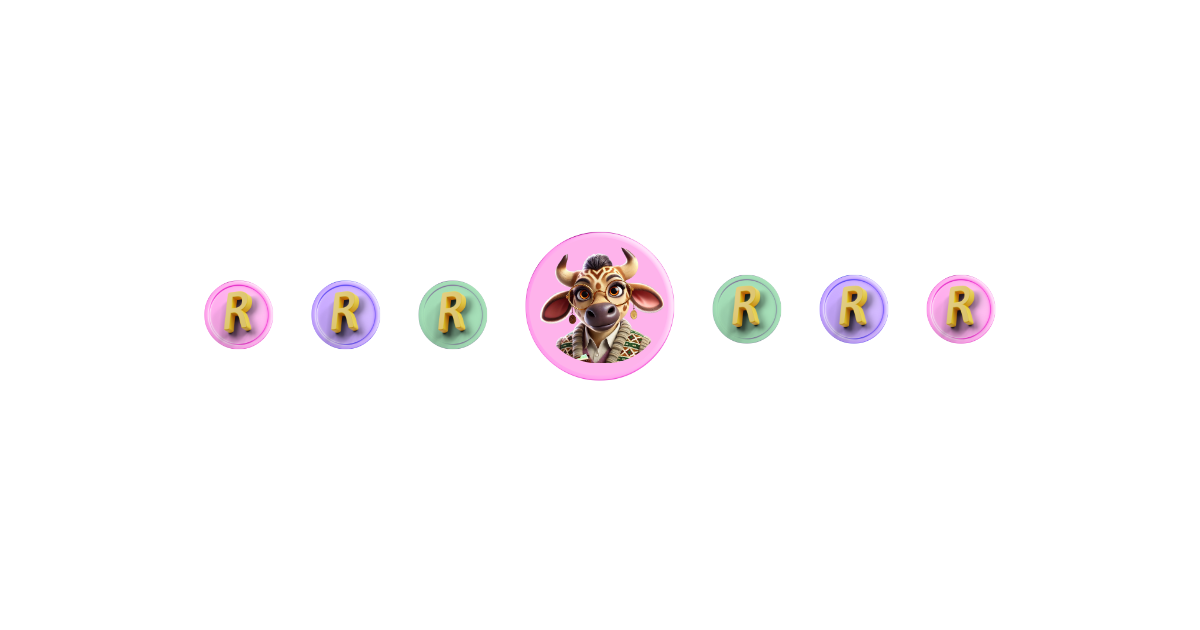

How to Teach Kids the Difference Between Needs and Wants
Learn how to teach kids the difference between needs and wants using real-life examples like juice vs water or jackets vs sneakers to make the lesson stick
Every parent has had this happen to them at one point or another.
You’re out at the shops armed with your shopping list, and ready to stick to your grocery budget (you do have a grocery budget, right?).
Suddenly, a little voice pipes up: “Mom/Dad, can I have this?”.
And you just know they’re not holding up a bag of veggies or a cleaning product, which they’ll use to clean their room later.
It’s some or other toy, or treat, or worse: It’s both!
But what they’re really holding is an opportunity for you to talk about “Need vs Wants” and why it’s important for us to know the difference to make smarter money choices.
Let’s unpack how to teach kids the difference between needs and wants with a mindset to cultivate, a habit to form, and a tip to try.
1. A Mindset to Cultivate
The thing is, money isn’t just for fun. It actually has a job to do.
But kids seem to think their parents have deeper pockets than they actually do, and that money is meant for toys or treats. Not boring stuff like food and electricity.
But this presents a really great opportunity to teach them about needs and wants. After all, some things we buy are for joy, others for survival.
It’s crazy to think that 84% of shoppers admitted to making impulse purchases when shopping. So it’s key to help your mini millionaire learn this lesson early. By the time they’re 7, they’ll already be well on their way to establishing their future money habits.
Good or bad…
So the key mindset here is to help your child see that money is a tool for covering our needs first and then our wants, not the other way around, and a great opportunity to teach kids the value of money.
2. A Habit to Form
A simple conversation about items that are already in your home can spark a considered approach to buying items, cementing the habit of prioritising needs over wants.
And you don't even have to look very hard to facilitate the conversation. Items we find around our home can really help to explain needs vs wants to a child.
Take something to drink, for example.
A glass of water is a need. Whereas a want could be juice, a cooldrink, or a milkshake.
An item of clothing?
A warm jacket for winter is a need. But a want could be a pair of light-up sneakers ( no matter how cool they look).
Some recreational equipment could be another great conversation point.
A new pair of boots for soccer could be considered a need. However, that cool new gaming console? That’s a want.
And according to Piaget's Theory of Cognitive Development, kids at the concrete operational stage (from 7 to 11 years) are capable of logical thinking, rational thought, and deductive reasoning, which is the perfect age for them to grasp this concept of “needs vs wants”.
So the habit here is to use simple moments like snack time, shopping, and packing their school bag as opportunities to differentiate between needs and wants out loud.
You might find this helpful: How to teach kids delayed gratification.
3. A Tip to Try
It’s no secret that kids learn best by seeing and doing.
So the resource accompanying this article is all about giving them a visual activity (and you a hands-on tool to go with the conversation) to help them learn and understand the difference between needs and wants.
So check out our free, downloadable resource: The printable Needs and Wants activity worksheet.
Not to mention, when you teach kids to earn their own money they learn how valuable money can be, and it can go a long way to helping them understand the differenc between needs and wants.
A Printable Needs and Wants Activity
How the ’Needs and Wants’ activity worksheet works is that there are two columns, “Needs” and “Wants”, on Page 1.
On Page 2 is a sheet of cut-out images or icons (e.g. food, toys, clothes, a house, a tablet, water, candy, books, electricity, a trampoline, etc.), plus a few extra spaces to label your own, because every family is different.
A helpful tip is that if you laminate both the “Needs” and “Wants” and the images/icons, you can run this activity over and over again. So good to keep landing the lesson time and time again.
Then, cut out the images with your mini millionaire, and ask them to stick each one under “Needs” or “Wants”.
Then, talk through any tricky ones, like whether a car, for example, is a need or a want? It might be a great convo starter.
PLUS: A nice little bonus lesson is to ask them to re-rank the needs from most to least important.
